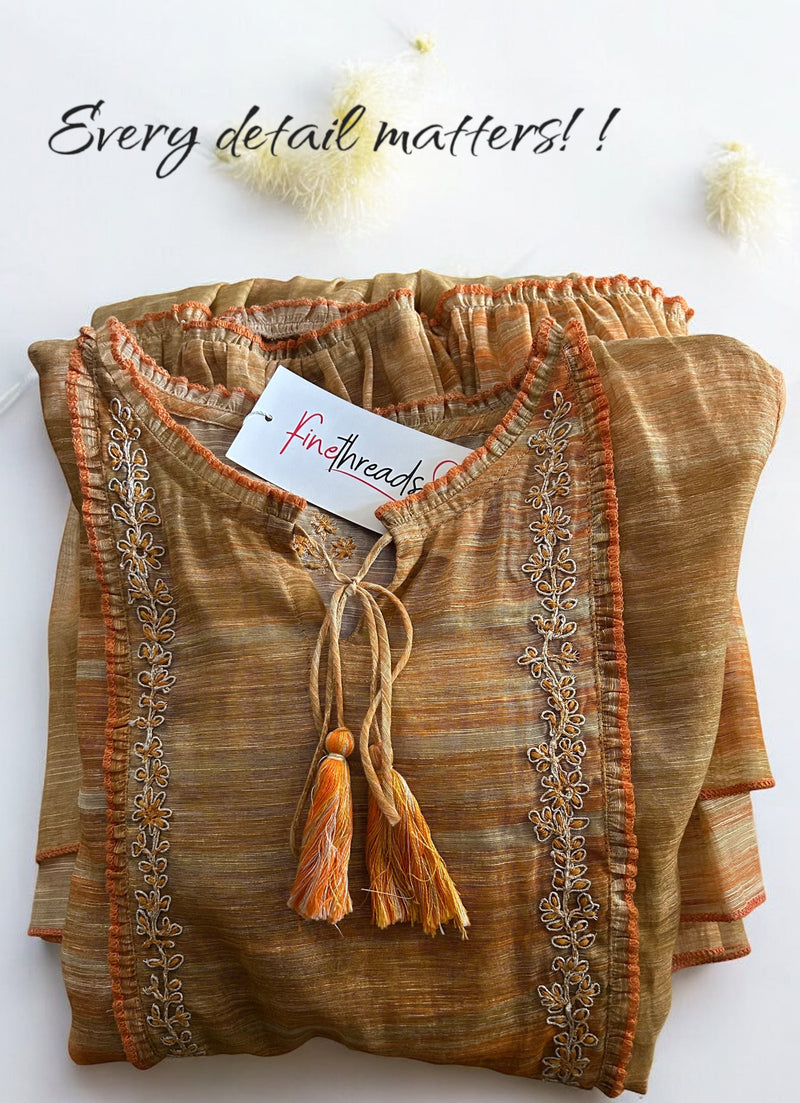
Fast Fashion vs. Slow Fashion: Making the Right Choice
In today's ever-evolving fashion industry, two dominant movements define how we shop and dress: fast fashion and slow fashion. While fast fashion thrives on mass production and trend-driven designs, slow fashion prioritizes exclusivity, quality, and timeless appeal. Understanding the key differences can help you make more informed and sustainable choices.
1. Mass Production vs. Low Production
Fast fashion brands operate on a high-volume, low-cost model, producing thousands of garments in a short time. This rapid production cycle often leads to overproduction, excessive waste, and compromised labour conditions. On the other hand, slow fashion follows a low-production, high-quality approach. It focuses on limited pieces, reducing waste and ensuring each garment is thoughtfully crafted.
2. Exclusivity: Owning Something Special
Fast fashion floods the market with identical designs, making it easy to find someone wearing the same outfit. With slow fashion, however, exclusivity is a key advantage. Limited production runs ensure that each piece remains unique, allowing the wearer to express individuality through thoughtfully curated designs.
3. Quality Over Quantity
Fast fashion often uses synthetic and low-cost fabrics to keep prices down, resulting in garments that wear out quickly. Slow fashion, in contrast, invests in premium, ethically sourced materials like handloom fabrics, organic cotton, and fine silks. This ensures durability, comfort, and a luxurious feel that lasts for years, rather than just a season.
4. Customization & Personalization
Customization is rarely an option in fast fashion. These mass-produced garments are designed for quick turnover, leaving little room for personal touches. Slow fashion brands like ‘finethreads by Hina & Nikhat, however, embraces customization—offering tailored fits, design modifications, and even colour choices to cater to individual preferences. This approach enhances not only the uniqueness of the piece but also its longevity in the wearer’s wardrobe.
5. Timeless Designs vs. Fleeting Trends
Fast fashion is driven by ever-changing trends, encouraging consumers to buy more frequently. Unfortunately, this leads to a throwaway culture, where garments lose their appeal within months. Slow fashion, on the other hand, focuses on timeless designs—classic silhouettes, intricate craftsmanship, and versatile styles that remain elegant for years, making them a true investment.
Why Slow Fashion is the Future
While fast fashion may seem appealing due to its affordability and accessibility, it comes at a cost—environmental damage, unethical labour practices, and a loss of garment quality. Slow fashion champions sustainability, ethical production, and thoughtful consumption, ensuring that every piece tells a story of craftsmanship and care. Choosing slow fashion is not just about style; it’s about making a responsible choice for a better future.
At ‘finethreads by Hina & Nikhat’, we are committed to creating exclusive, elegant, timeless, and quality garments that reflect the beauty of slow fashion. Explore our handcrafted collections and experience fashion that values quality over quantity.
Are you ready to embrace slow fashion? Explore our latest collection at www.fine-threads.com.

